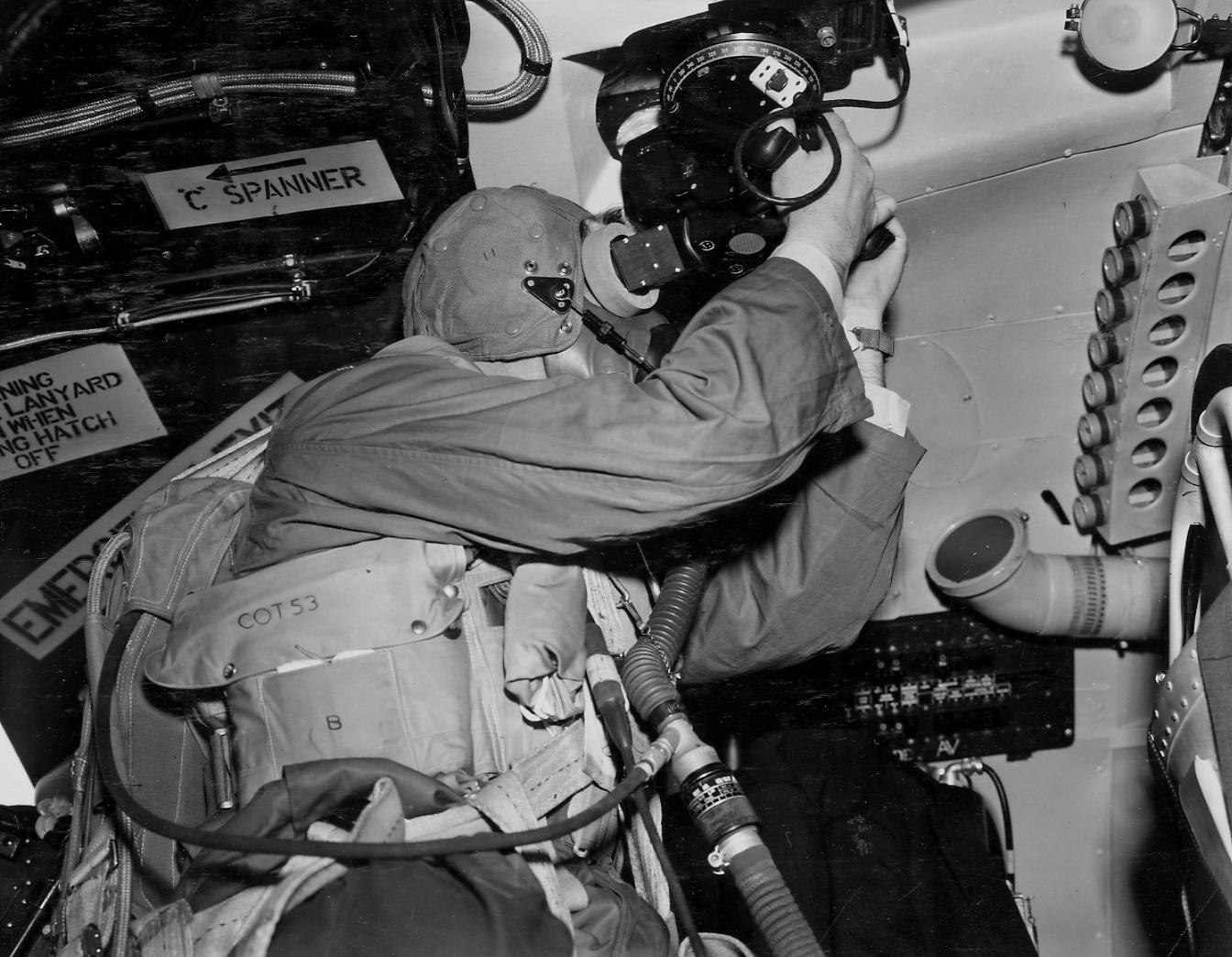Interesting, because:Avionics and flying in the rain... anybody remember how the AFCS computer would crap out from water intrusion in the avionics bay in the 60? According to legend, the Spanish had modified their 60 fleet by adding a simple splash pan made out of sheet metal. The problem went away, then we copied that idea (after several years of tolerating the problem and getting lots of practice flying stab off IMC).
The 60R and S are aging enough now that a lot of them are mid-life. I bet they have some nice surprises in store.
I've had an audio amp crap out in a T-6 after a big rainstorm (loud screeching and the only thing you can do is shut it off, which also disables one of your radios and makes the other one really really quiet). So it's not only an old or aged airframe problem. Actually had a few of those amps go like that...
Regarding autos and the different flight characteristics of the fleet helicopters- for a long time practice autos in the 60 were to a 10-20' hover since the prevailing wisdom at the RAGs was you'd want to do a 0-0 into the water. There was also a bizarre procedure to not let rotor inertia build in the flare, which is aerodynamically a terrible idea for a low inertia rotor system. The idea to maintain Nr at 100-105% in the flare was a relic of an early, long ago replaced version of the electronic engine controls that would result in a delayed spool up if you let Nr build too high. Finally that got changed in about 2010~ish when all four 60 type wing commodores signed a big instruction on autorotations in the 60. That instruction had a long, painful read about theory and practice, but it had actual, up to date science and reason in it- mostly because of the efforts of one of those commodores. And it made everybody stop trying for the simulated 0-0/practice auto to a 10' hover since the 60 is quite survivable in a water impact with nominal forward speed, run on autos to a runway just make more sense if you ever have to do one for real, and besides, the practice autos to a 10' hover had bent too many tail stingers and stabs over the years. Those were a couple of key points that the fleet had been doing wrong for a long time. Think about that for a minute.
The flare and touchdown in the flight school autos in the 57 could stand to be fine tuned to be a bit more like the revised 60 procedure. But the revisions to the 60 auto made it more like the flight school auto was all along. Food for thought.
@HokiePilot, thanks for pointing out thing about the glideslope bar on the 57 HSI being disabled when you freeze the card by pulling the HSI breaker. I knew that but it's been so long I'd forgotten.
Morals of the stories here are critical thinking, prevailing wisdom, and bureaucracy.
1) I still see Seahawks doing the 0/0 autos at Cecil
2) Sometimes I can't for the life of me get Army Blackhawk pilots to do an auto with less than 30 kts ground speed at the bottom. I talked to an IP from Rucker and they said matter of factly, "We don't let them use more than 15 degrees nose up. You'll lose sight of your landing spot." One pilot, when I demonstrated one with close to zero ground speed said, "Whoa, that's one of those Navy autos."
Regarding rotor inertia, checking/controlling Nr in the flare makes the flare more effective. ie It bleeds off more airspeed and rate of descent. With the M model wide chord blades it is even more noticeable. It also makes a good teaching point on aerodynamics.
As you said, it has to be survivable. Greater than 30 kts becomes unsafe. So is 0 kts with too high of a rate of decent.
These kinds of discussions should be happening amongst those making the decisions about training and aircraft procurement.
My word of advice:
Don't copy or discount what another service is doing without looking closer. What works in one training model may not work in another, at least without some modification. You've got to understand what you are looking at.
FWIW: I am TOTALLY familiar with the AFCS and rain issue. Thankfully the Blackhawk does a little better job of component placement. On the other hand, rain dripping down through the overhead circuit breaker panel isn't necessarily better.

